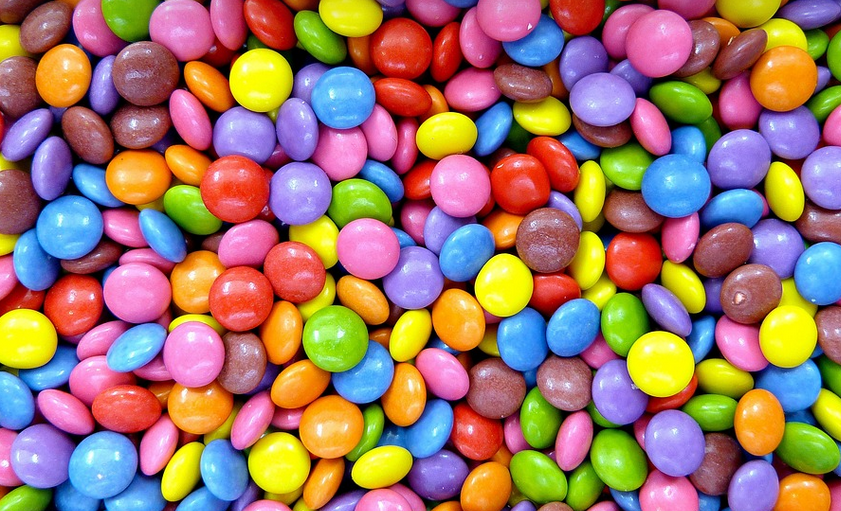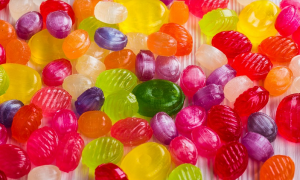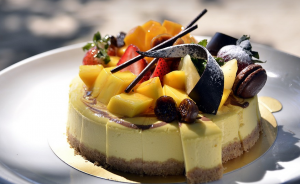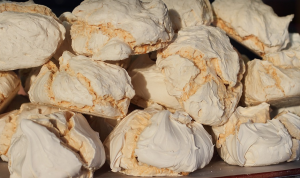
Understanding the Key Differences
Let’s dive into the fascinating world of yeast, specifically the differences between wine yeast and baking yeast. Now, before you think about a scientific breakthrough involving yeast, remember this is just a simple exploration of these two distinct cousins with different brewing paths.
Both wine yeast and baking yeast are single-celled organisms, belonging to the kingdom fungus. They’re tiny powerhouses that play a crucial role in converting sugars into alcohol and carbon dioxide through a process called fermentation. But how exactly do they differ?
First, we need to understand what makes these yeasts unique: their ability to ferment specific sugars. Wine yeast thrives on grape juice and converts it into delicious wine. Baking yeast, on the other hand, is more of a generalist, happy with sugars in flour to create those fluffy breads.
Wine yeast has evolved over centuries to handle complex grape sugar profiles. It’s known for its ability to ferment high-sugar levels, producing high alcohol content and robust flavor profiles. Think about those full-bodied reds from California or the sparkling wine you might enjoy on a Friday night.
Baking yeast, on the other hand, has been specifically bred for bread-making. It’s more sensitive to pH levels and can handle dough with varying sugar content and flour types. This makes baking yeast ideal for creating soft, chewy cakes, fluffy pancakes, and even those iconic sourdough loaves.
Now, let’s talk about the fermentation process itself. Wine yeast is often chosen for its ability to generate complex flavors during fermentation. It’s designed to create a more nuanced wine with earthy and fruity notes, depending on the grape variety.
However, baking yeast works differently. It ferments at a slower rate than the wine yeast and produces lighter results overall. Baking yeast is all about creating structure in your dough through gentle leavening. It’s the magic behind those perfect, fluffy cookies or that iconic, crusty rye bread.
But here’s another key difference: temperature. Wine yeast thrives at warmer temperatures, typically between 65-75 degrees Fahrenheit, while baking yeast has a wider range of tolerance. Think about it like this—wine yeast wants to party in the sunshine, while baking yeast is more of a chill vibe.
So, when choosing your yeast, consider its role. Wine yeast is for those who want a complex, flavor-driven wine experience; while baking yeast is perfect for creating structured baked goods with a simple elegance.
Understanding these differences allows you to make informed decisions about the type of yeast you need for your brewing project.
The Importance of Choosing the Right Yeast
Choosing the right yeast can significantly impact the final outcome of your brew, whether it’s a delicate wine or a hearty loaf. Understanding these nuances will unlock a world of possibilities in your kitchen.
Wine yeast: a master of flavor and complexity.
Baking yeast: a champion of structure and consistency.
Both are champions in their own right, offering unique benefits to the specific recipes they’re used for.
Remember, fermentation is chemistry at its finest. It’s a journey that transforms simple ingredients into something extraordinary.
Let your imagination run wild with these tiny but mighty yeast! Explore different types of wines and breads, play around with temperatures and watch the magic unfold in your kitchen. You’ll be surprised by the incredible results you can achieve.


